The above photograph will bring back memories for many who remember the shop at the west part of what was Defoe Place (now 3 Main Street), Lower Largo. Thomas Potter had the shop prior to Max Jurecki and this picture shows him standing at its door. There are some great details in this image. Note the advertising signs at each end of the premises - promoting 'Golden Virginia' hand rolling tobacco on the left and 'Wall's' ice cream on the right. Above the door is 'Player's Cigarettes' sign and to the right of the door an advert for 'Ilford' film.
This building housed the village Post Office for many years prior to this time, with three generations of the Welsh family running it. It was still the Post Office at the time of the photo, as can be seen from the sign to the left of the door. This was the standard old sign displayed at all Post Offices. The same one hung on the wall of Miss Bremner's Post Office in Lundin Links and is shown in more detail below. The Lower Largo Post Office later moved along to 91 Main Street.
Postcards were clearly a big seller at this shop with an elaborate outdoor display board showcasing 'Valentine's' postcards. You can almost work out which vintage postcards are on show from the detail below from the photograph. There is a selection of novelty postcards in the lower right corner of the display (Scottie dog, lucky heather, etc). Hundreds of visitors must have purchased and sent postcards from here.
The Daily Record newspaper headline board has the enticing headline "Meet the Beatles in Person!" (dating the image to after they rose to fame in late 1962). The shop also had a Public Telephone (see sign above the door). I wonder whether that facility pre-dated the telephone box at the Orry. Finally to the right of the picture is a wonderful vintage car with the registration OSP 4. Does anyone recognise it? Please share any memories of this shop if you can by commenting. Changes to the property over the years shown below.
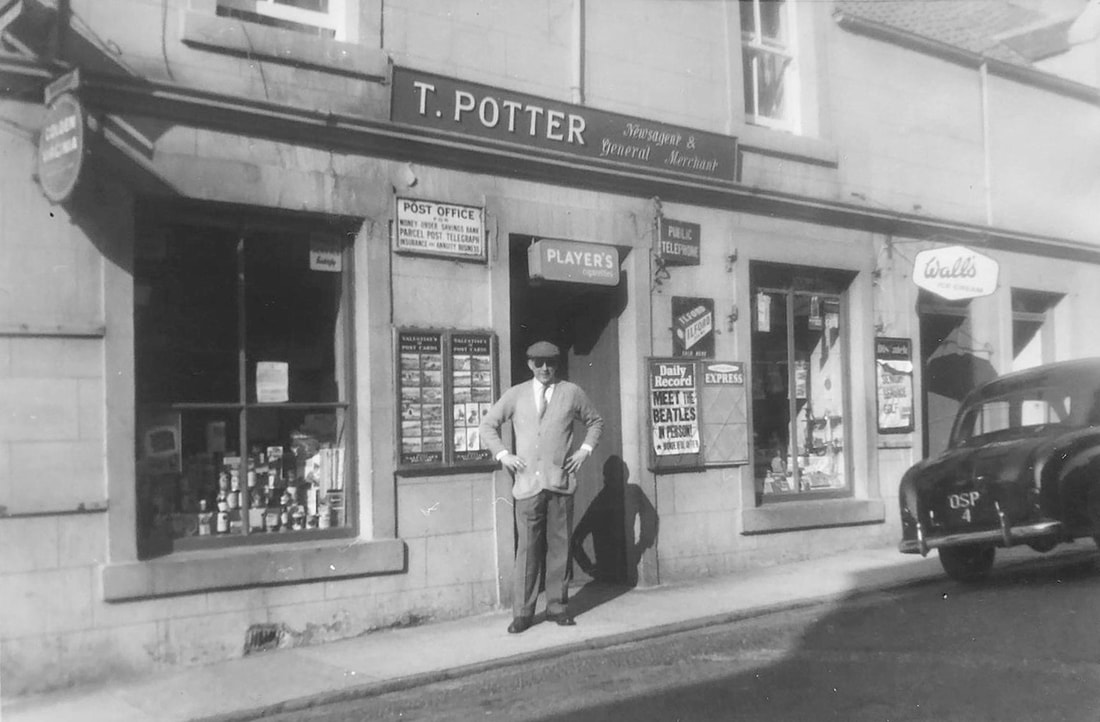

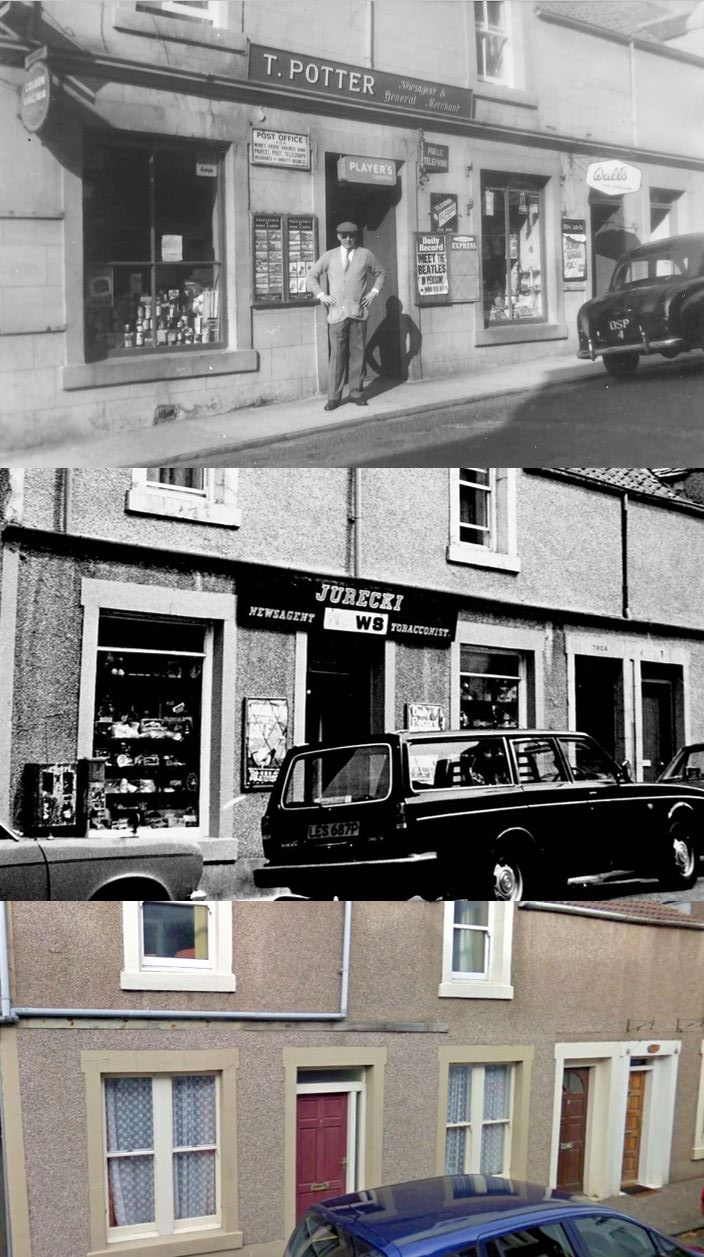
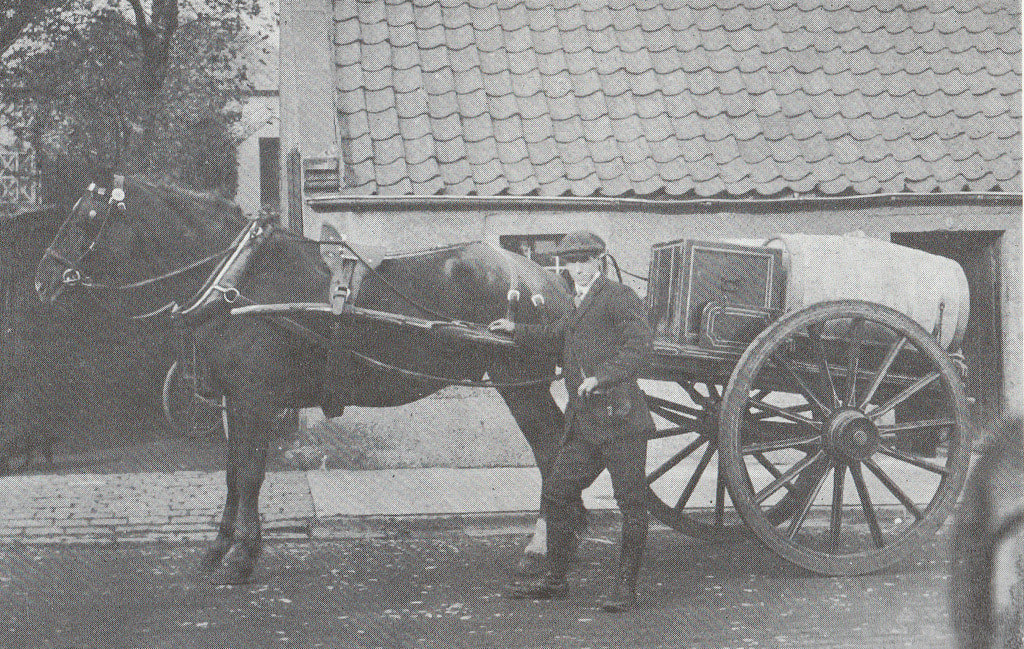
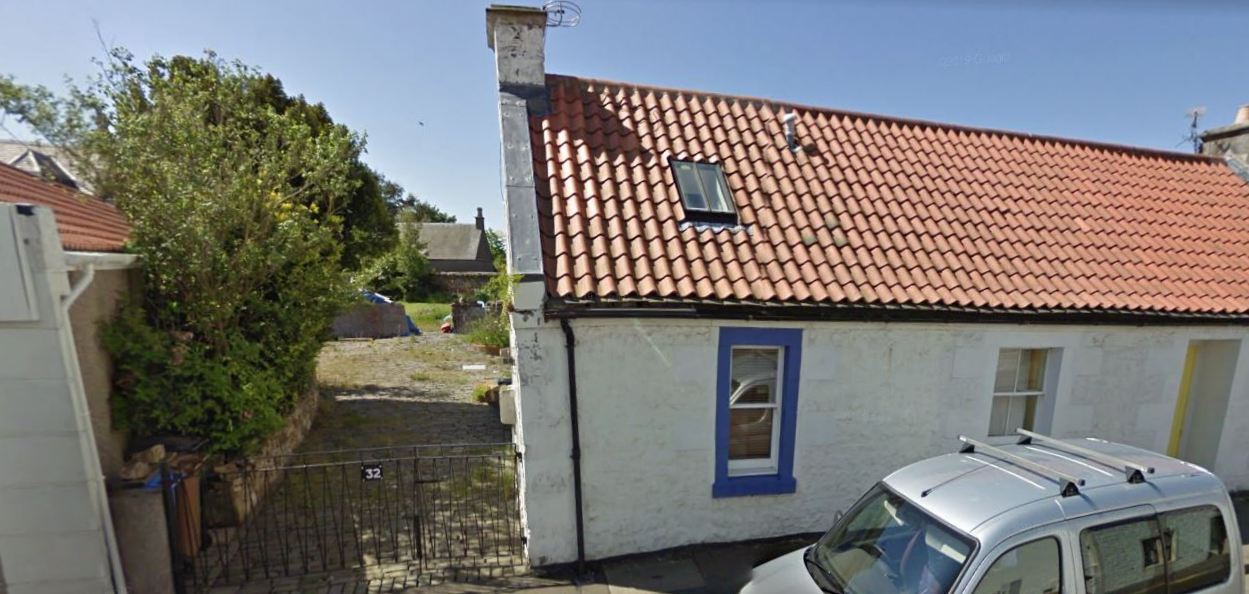
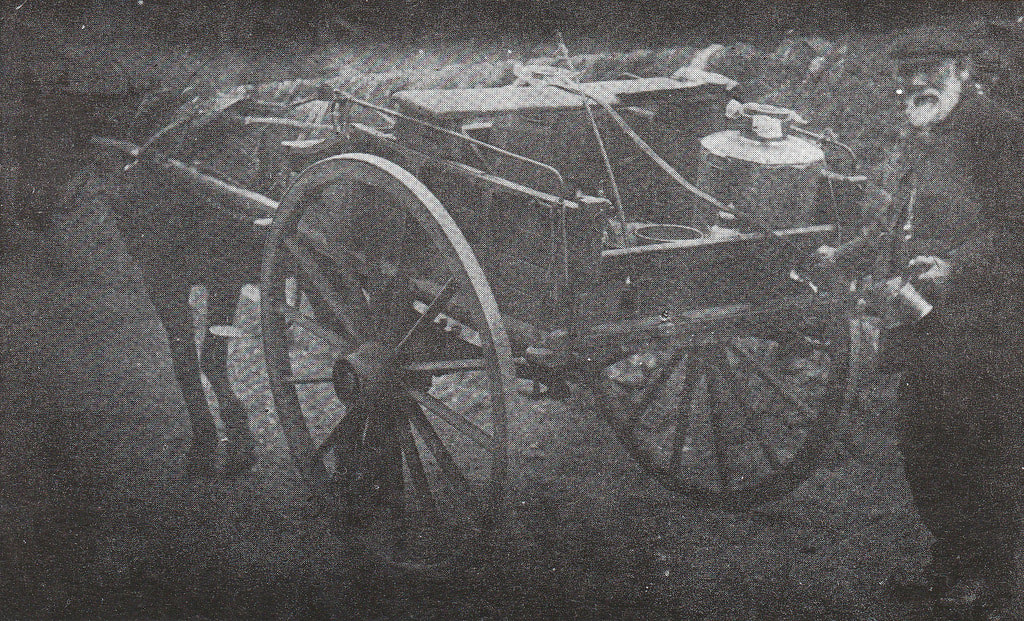
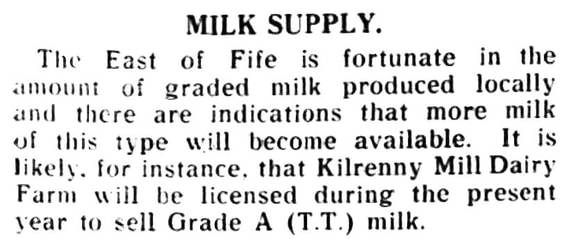
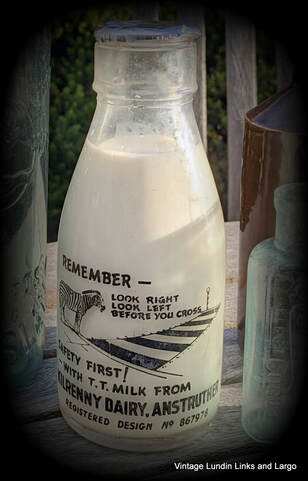
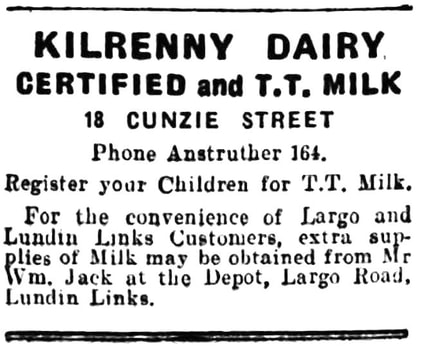
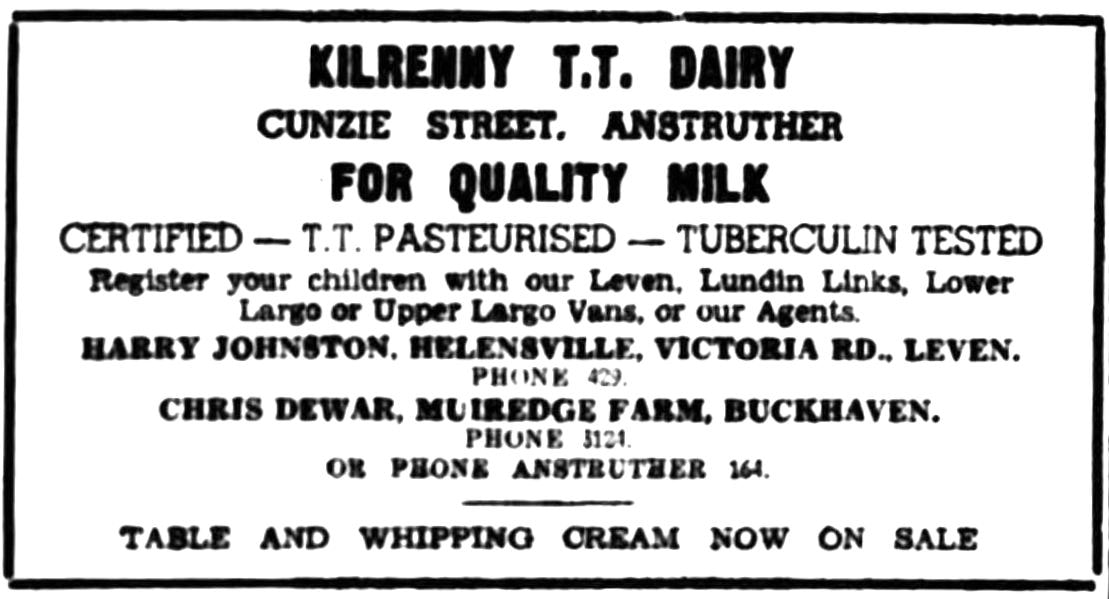
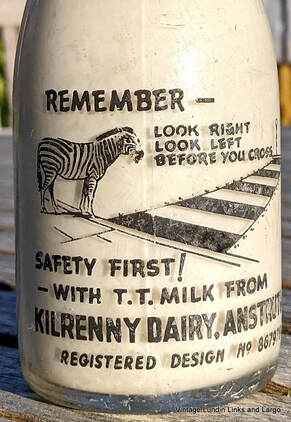
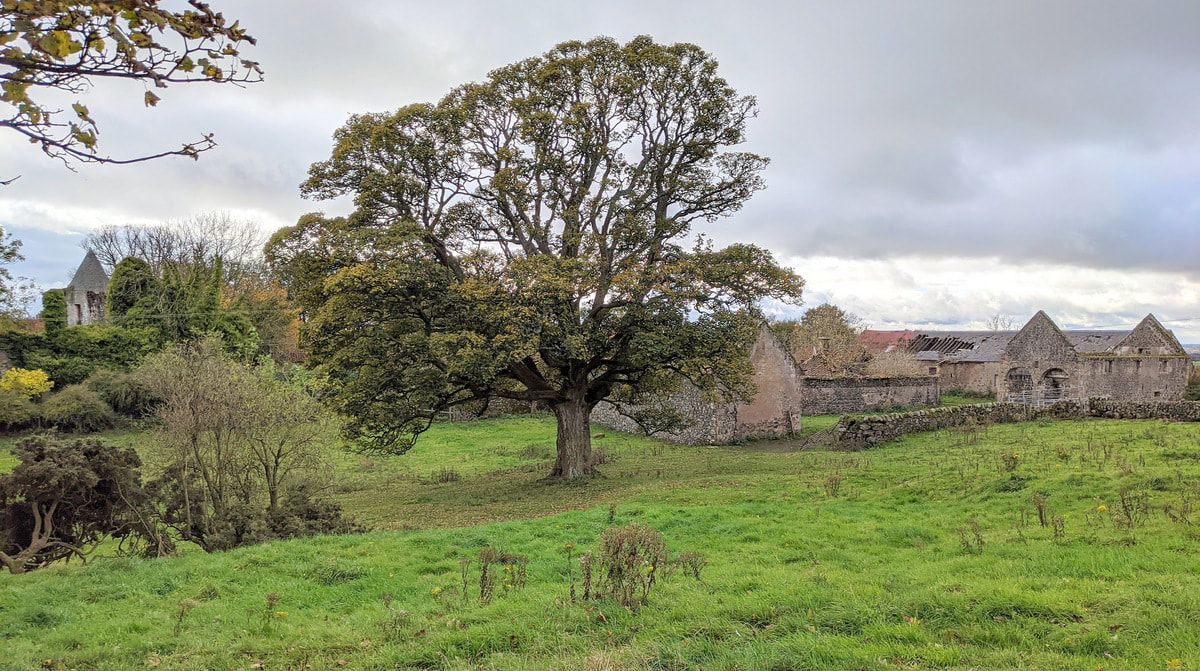

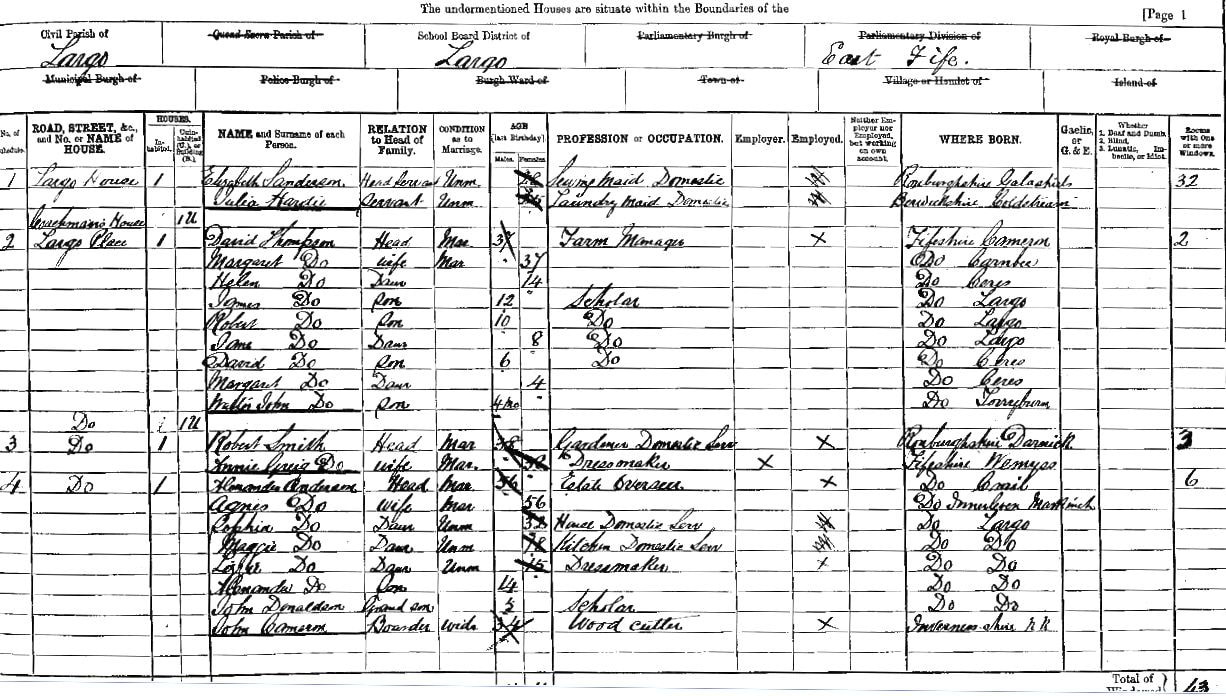

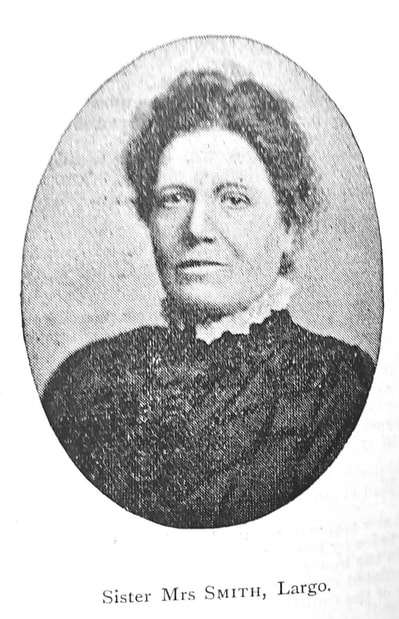
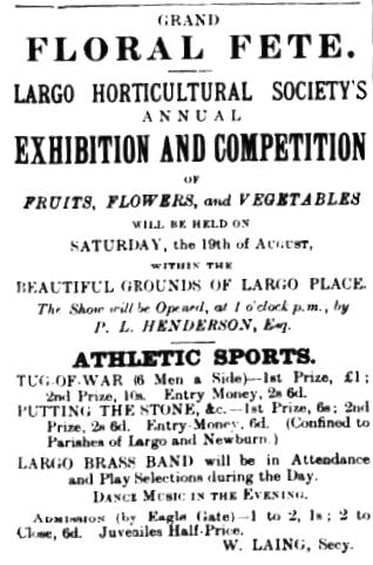
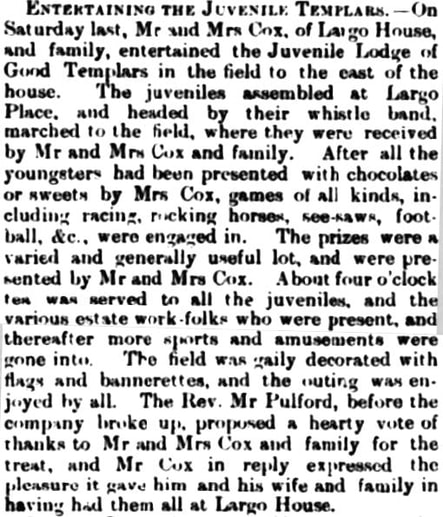
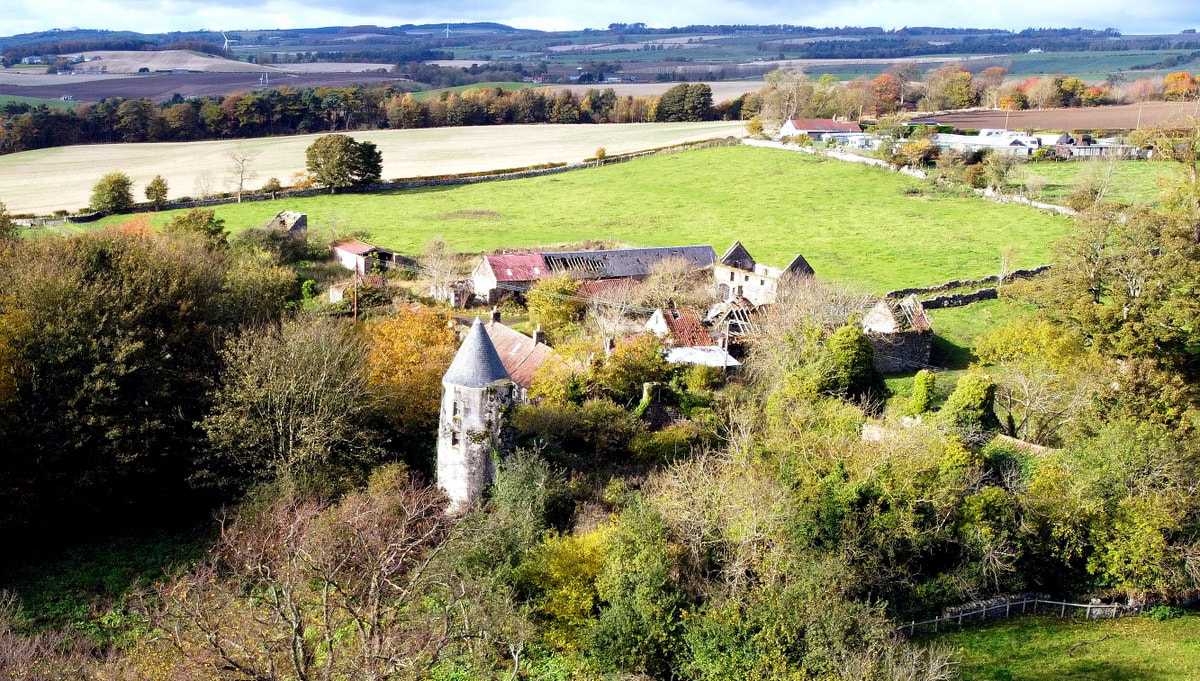
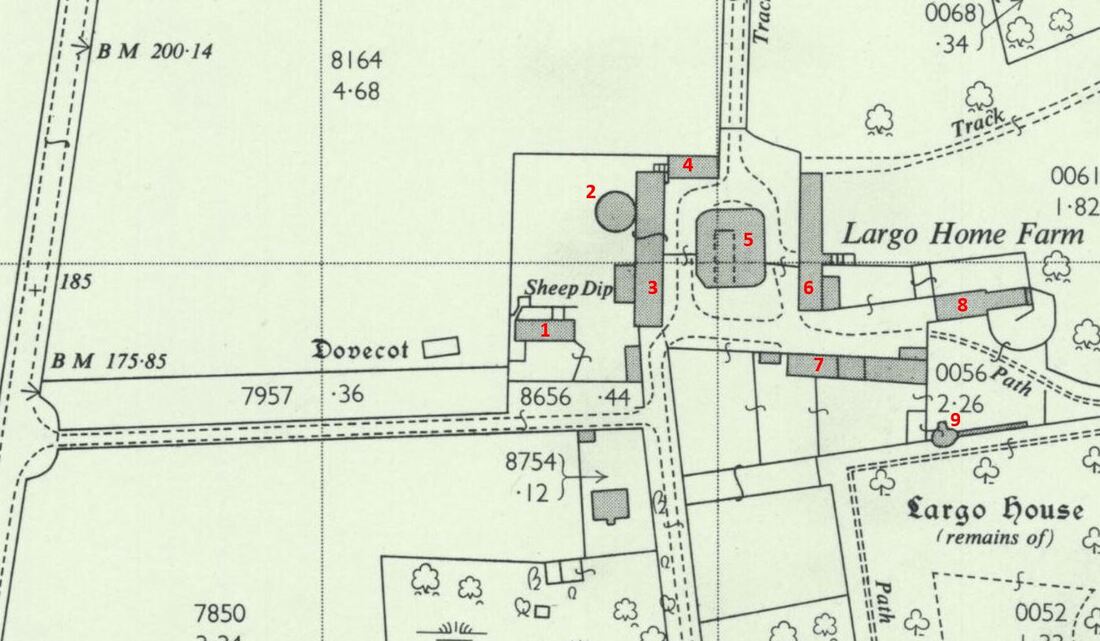
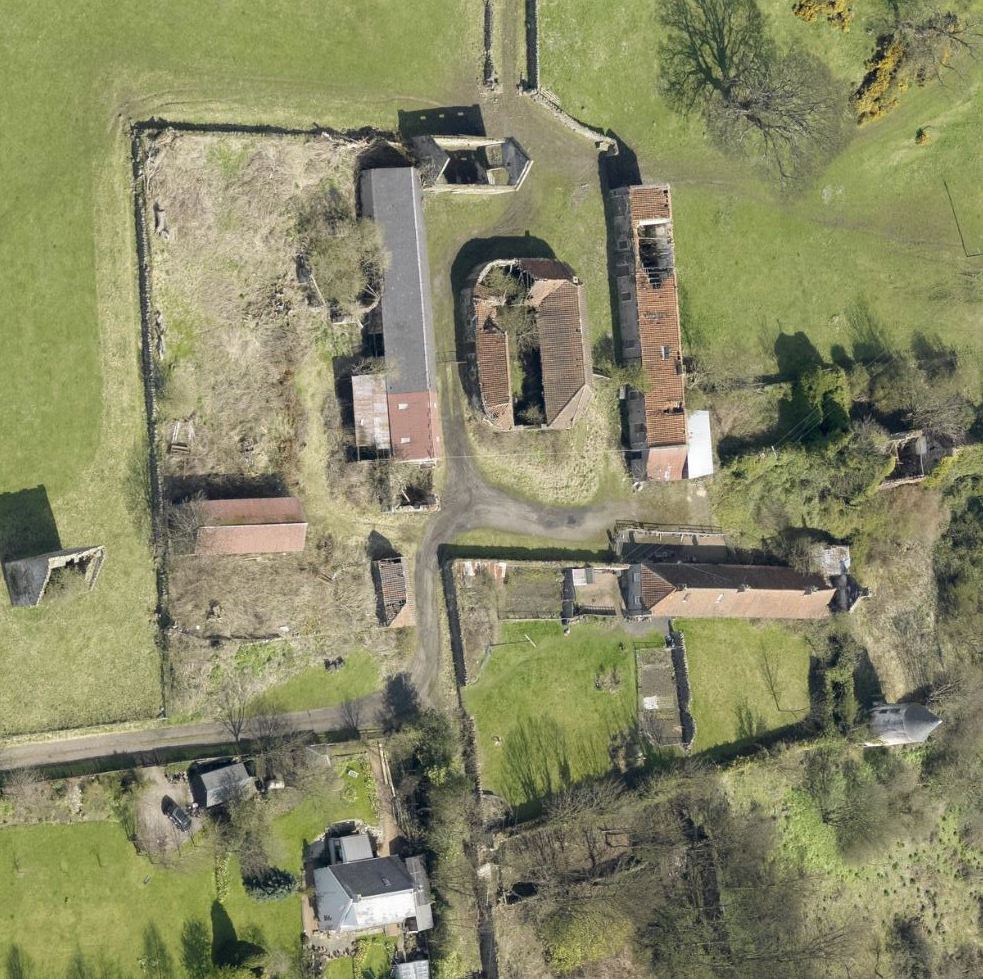
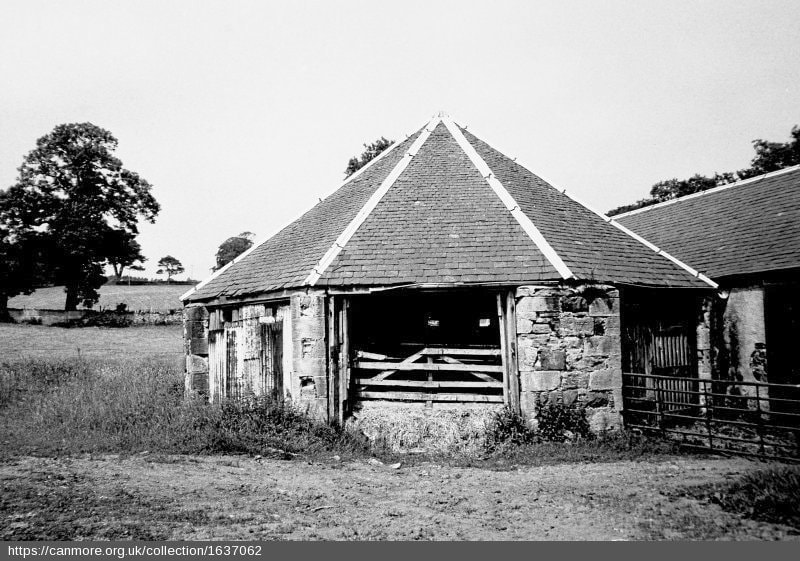
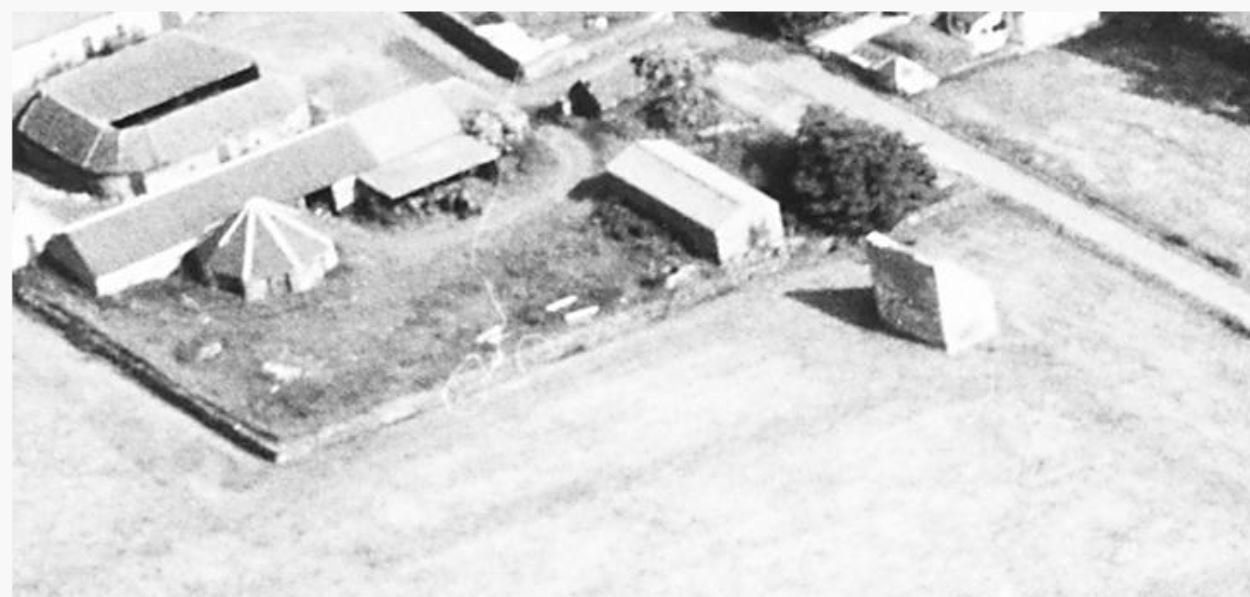


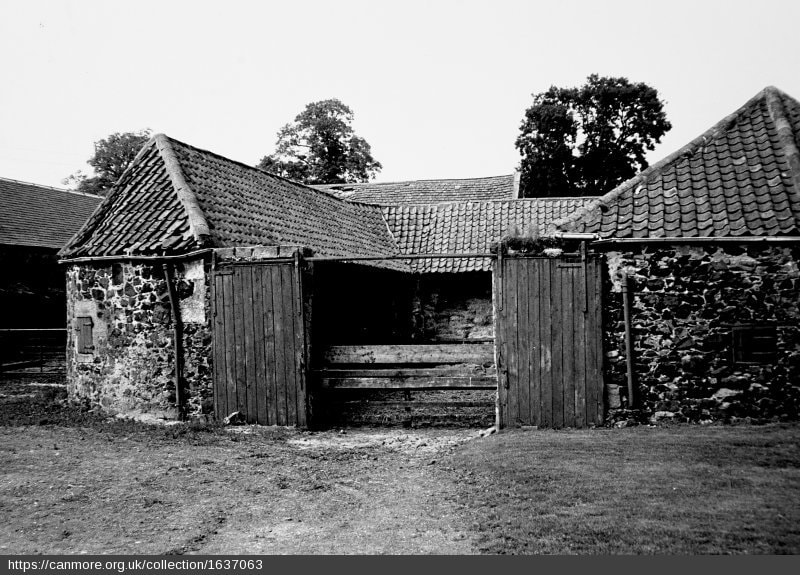
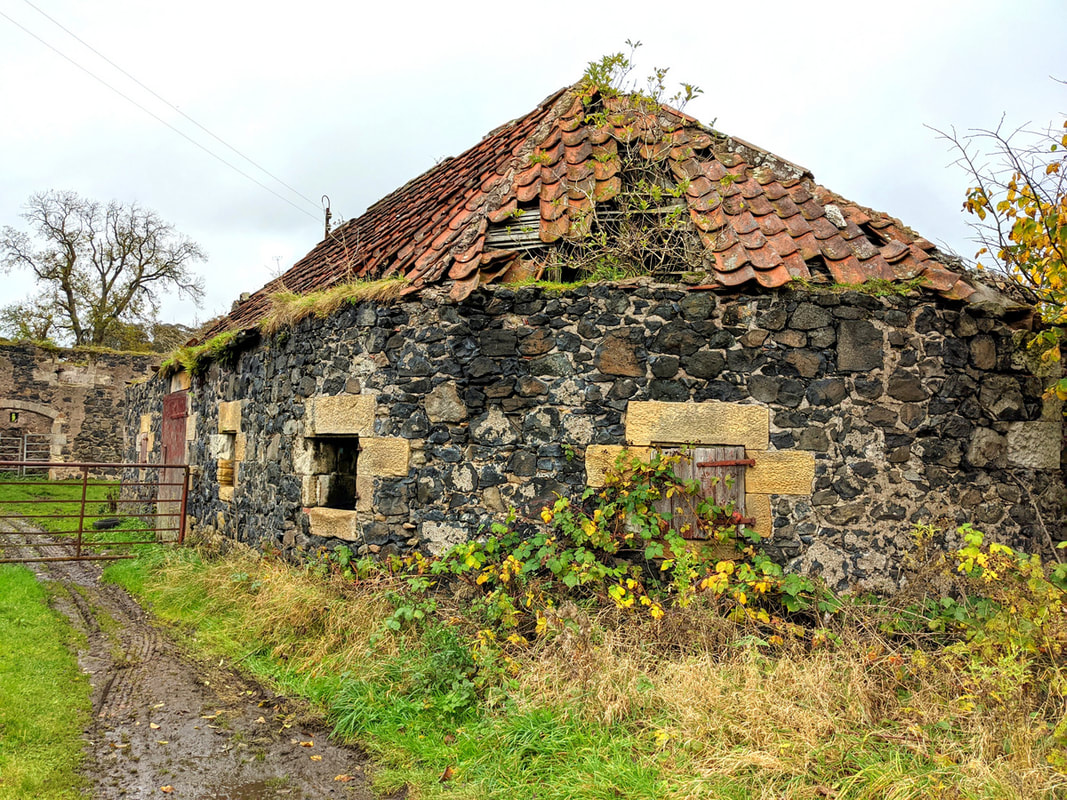
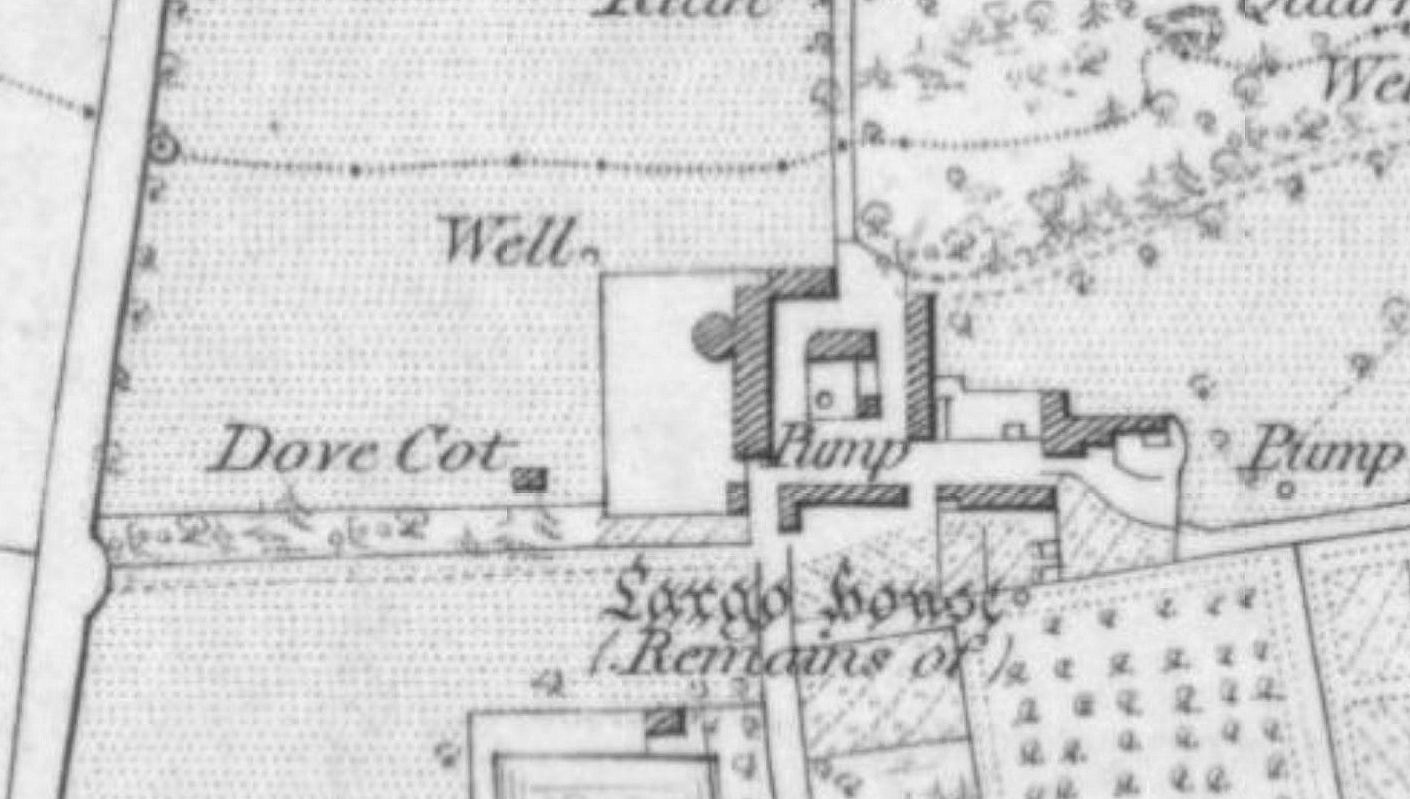
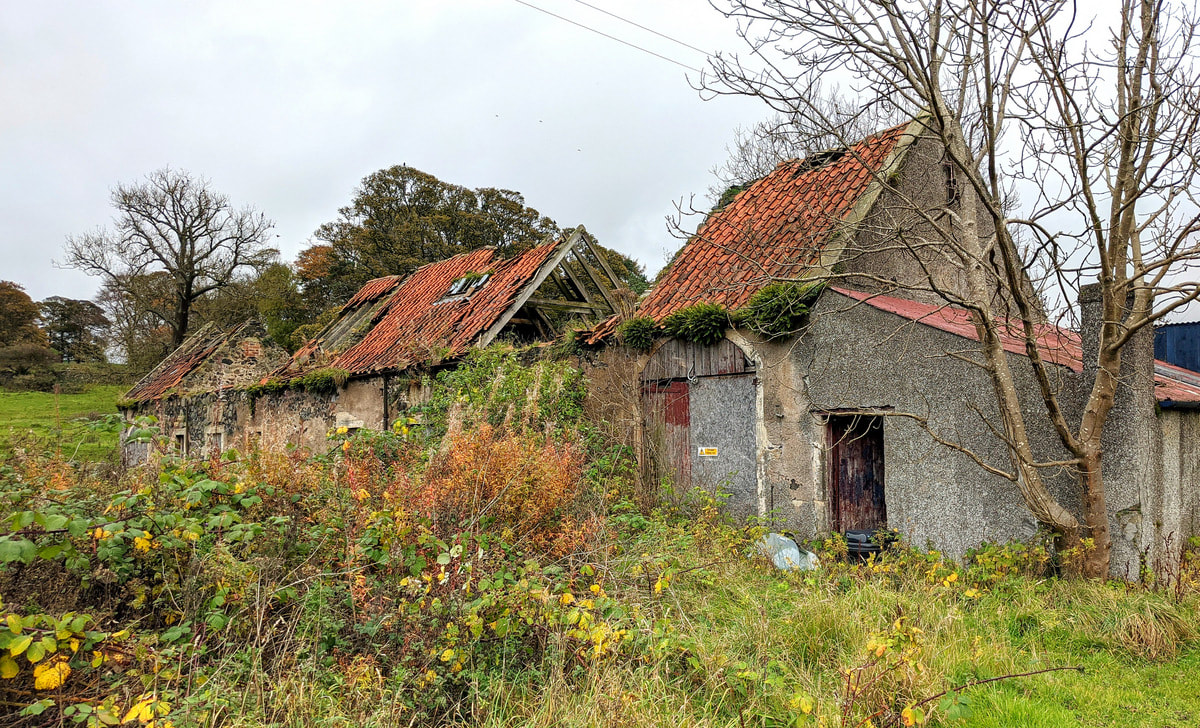
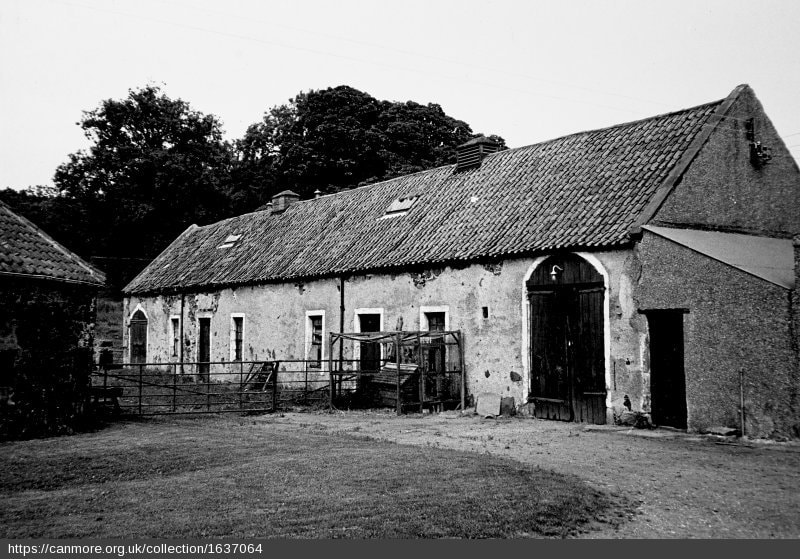
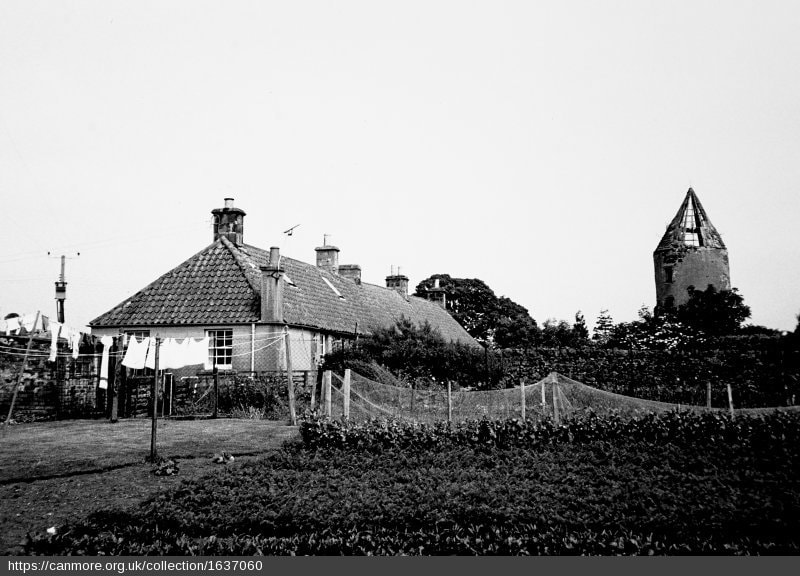
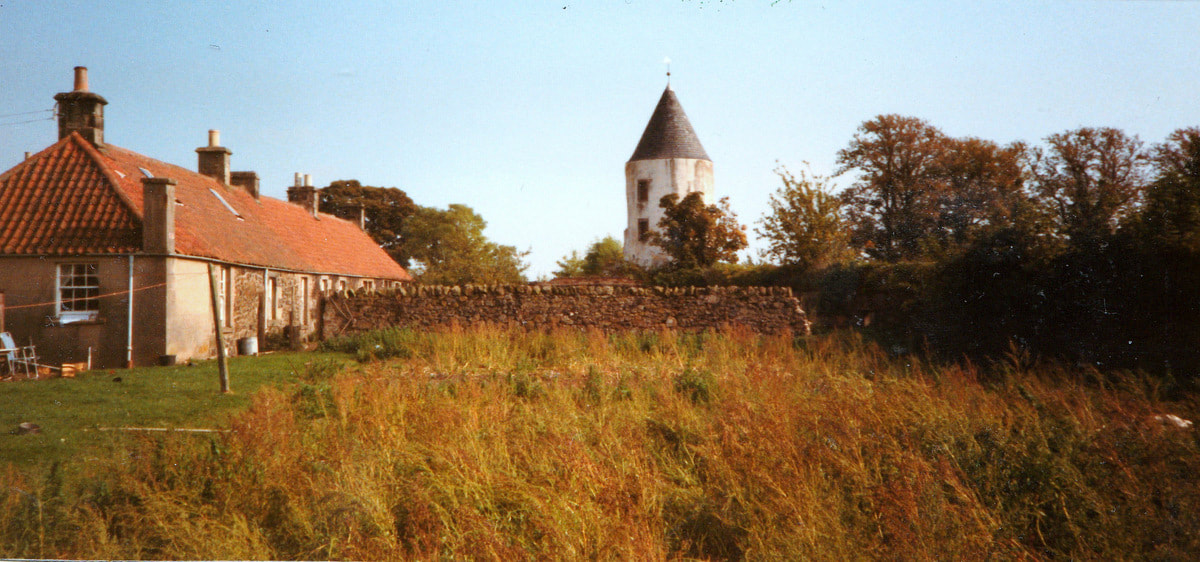
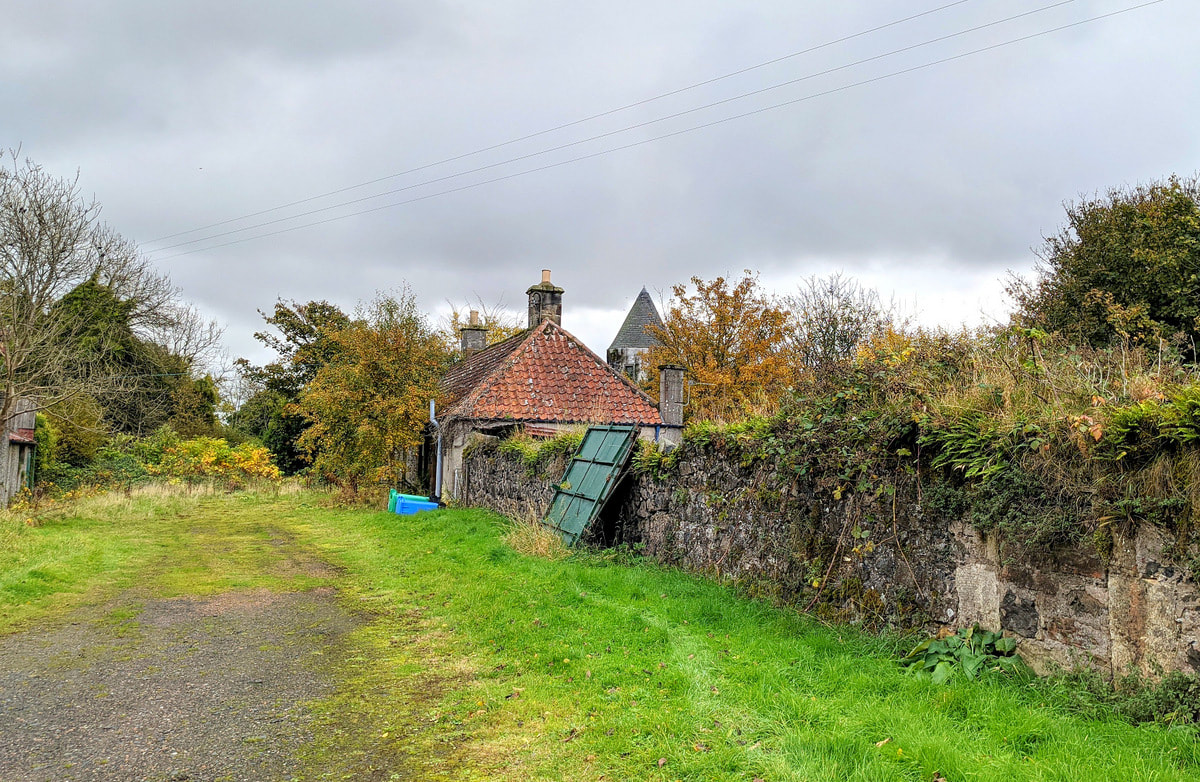

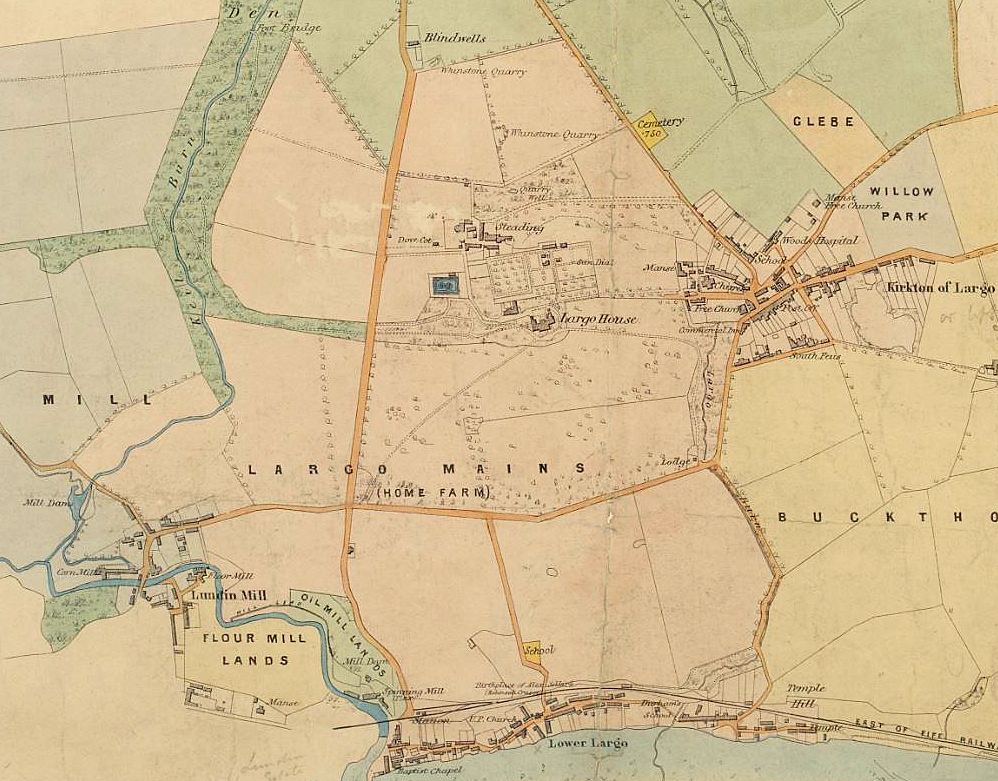
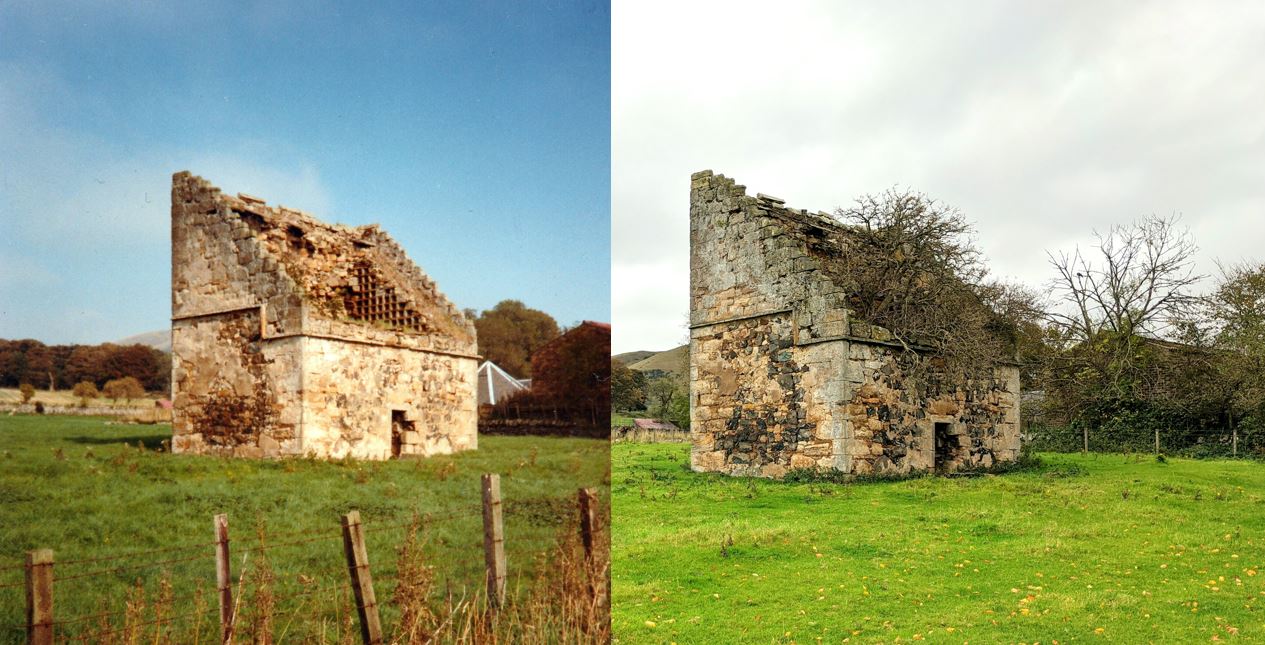
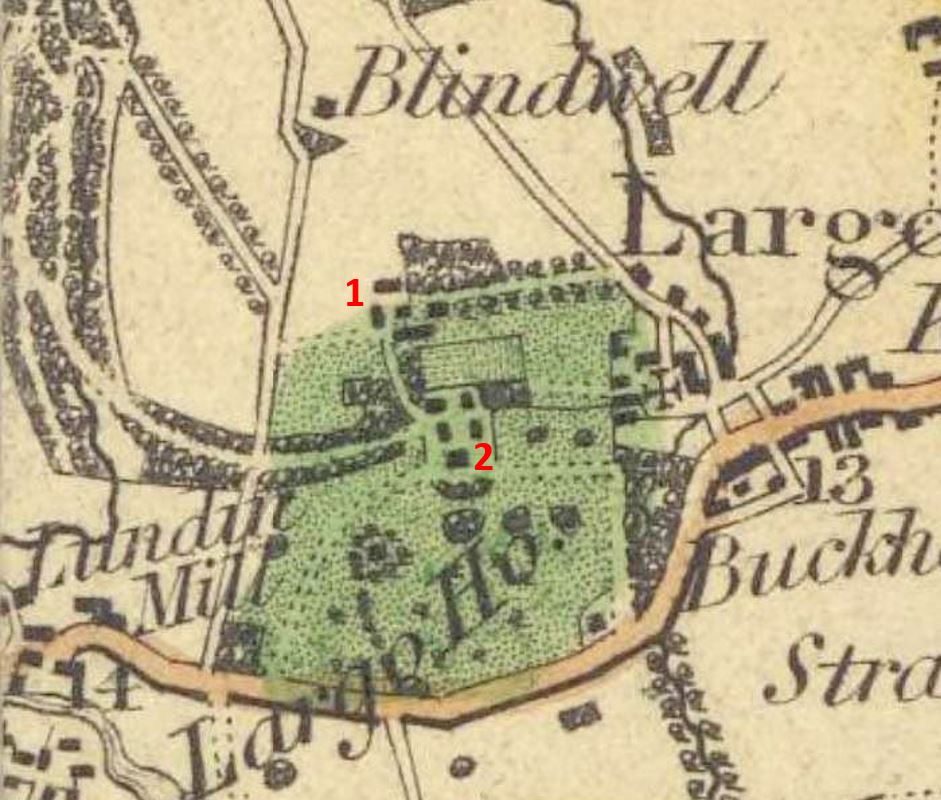

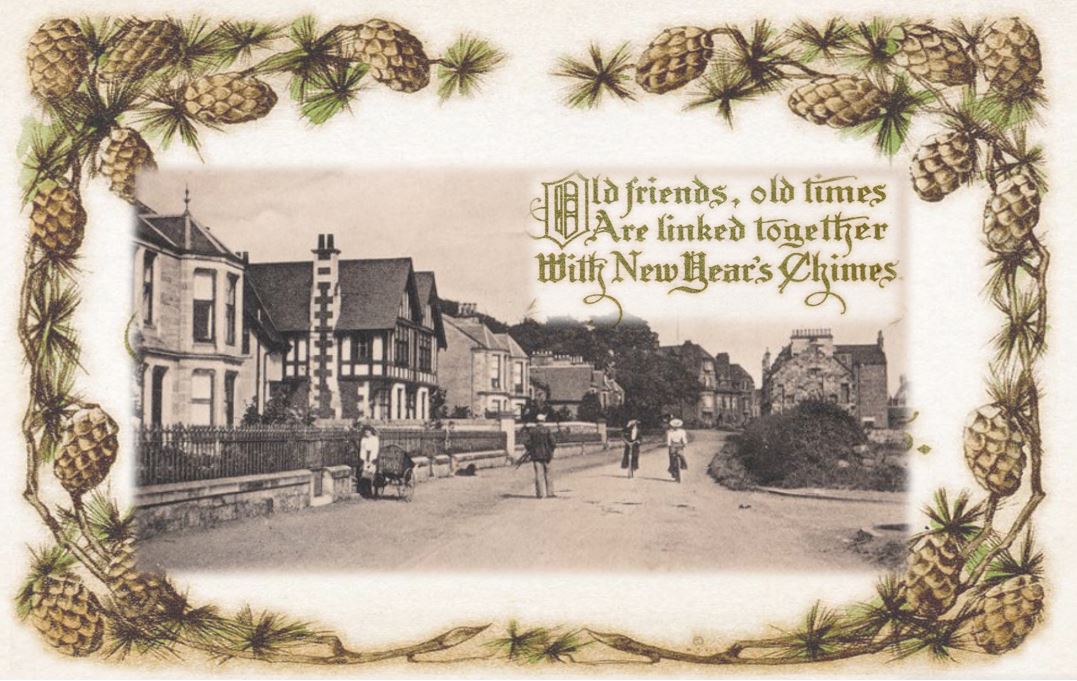
 RSS Feed
RSS Feed
